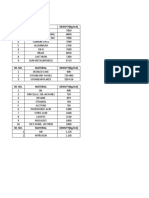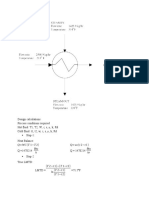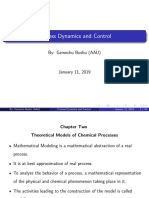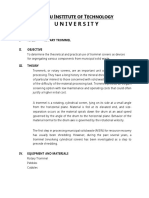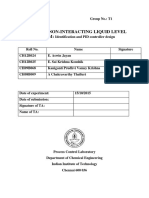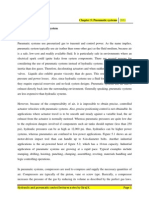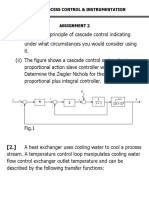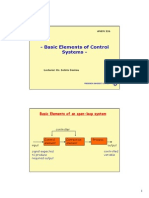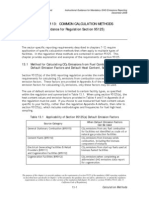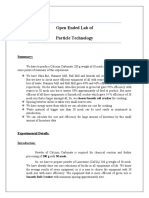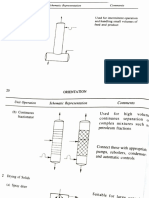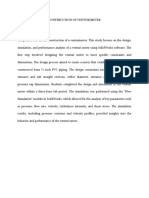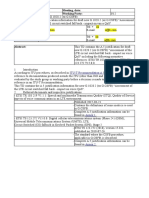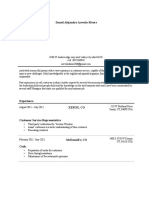0% found this document useful (0 votes)
280 views48 pagesBlock Diagrams & Signal Flow Graphs
Block diagrams and signal flow graphs are used to represent dynamic systems.
Block diagrams consist of blocks representing subsystems labeled with transfer functions, signals indicating inputs and outputs, and summing junctions where signals are summed. Standard block diagram forms include cascade, parallel, and feedback. Feedback systems have a closed-loop transfer function of forward path gain over 1 plus loop gain. Signal flow graphs similarly represent systems with nodes for signals and branches for system blocks.
Uploaded by
tilahun modammedCopyright
© © All Rights Reserved
We take content rights seriously. If you suspect this is your content, claim it here.
Available Formats
Download as PDF, TXT or read online on Scribd
0% found this document useful (0 votes)
280 views48 pagesBlock Diagrams & Signal Flow Graphs
Block diagrams and signal flow graphs are used to represent dynamic systems.
Block diagrams consist of blocks representing subsystems labeled with transfer functions, signals indicating inputs and outputs, and summing junctions where signals are summed. Standard block diagram forms include cascade, parallel, and feedback. Feedback systems have a closed-loop transfer function of forward path gain over 1 plus loop gain. Signal flow graphs similarly represent systems with nodes for signals and branches for system blocks.
Uploaded by
tilahun modammedCopyright
© © All Rights Reserved
We take content rights seriously. If you suspect this is your content, claim it here.
Available Formats
Download as PDF, TXT or read online on Scribd
/ 48


